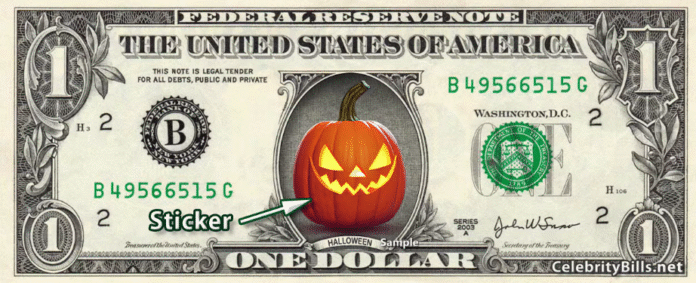By Snigdha Chakravarti
It’s not shocking that Americans spend about $10 billion for Halloween each year, considering its widespread popularity throughout the US. However, breaking apart this money is not as cut and dry as it seems to be, as Halloween’s economic effects are more prominent than what most of us think. In fact, the economic boosts generated by consumer spending increases job opportunities. This not only includes the main industry producing the goods, but also the packing, advertising, and transportation industries. Approximately 5000 jobs arise during the Halloween season in both retail and secondary industries, displaying one of the many positive economic roles Halloween has. Despite this, there are several negative economic effects that Halloween entails. According to Jadrian Wooten, a professor of economics at Virginia Tech University, Halloween spending can be thought of as a “double-edged sword.” Although jobs are created and industries benefit, Halloween “boosts consumer finance” to a point where “spending is excess in a way that people don’t pay attention to savings and investment.” Ultimately, spending money on Halloween may lead to a financial burden as a result of being unwary to the basic financial aspect of spending moderately. Additionally, Wooten explained how the Halloween products themselves lead to detrimental effects on the environment because of their material composition.
Wooten’s perspective of Halloween being a “double-edged sword” can further be seen with the increase in GDP (gross domestic product) caused by the increase in spending during Halloween. Increase in GDP during Halloween specifically increases economic activity in the Halloween season. On the contrary, this may turn out in a decreased amount spent in August and September in order to save money for Halloween, so the possibility of a slight economic downturn can occur.
When analyzing the argument for whether Halloween is advantageous or disadvantageous economically, it is important to note the overall spending by consumers. This year, about 65% of people in the US will celebrate Halloween, which is up by 7% since last year. Each customer spends about $108.21, which is partly influenced by inflation; for example, candy inflation has gone up by 13.1% as an outcome of a decrease in sugar production in Mexico (from which the US gets its sugar from) by 15 % , but despite this, consumer spending has increased. From a national perspective, the money spent on Halloween items in 2023 is as follows: $3.6 billion for candy, $4.1 billion for costumes ($1.4 billion for children, $2 billion for adults, and $0.7 billion for pets), and $3.9 billion for decorations. Since these items are used very few times in a year (and thus, have low productivity), the total economical benefit is not as awe-inspiring as it appears, but it never fails to put into perspective the importance of this event to several Americans.
Overall, Halloween is taken for granted with regards to how much is spent and the way this may generate & impede the economy. It is crucial to take these economical factors into consideration in order to make sure Halloween is economically viable in order to balance the delight it gives to millions of people as well as the US economy. So without further ado, cheers to a fun AND economically practical Halloween!

